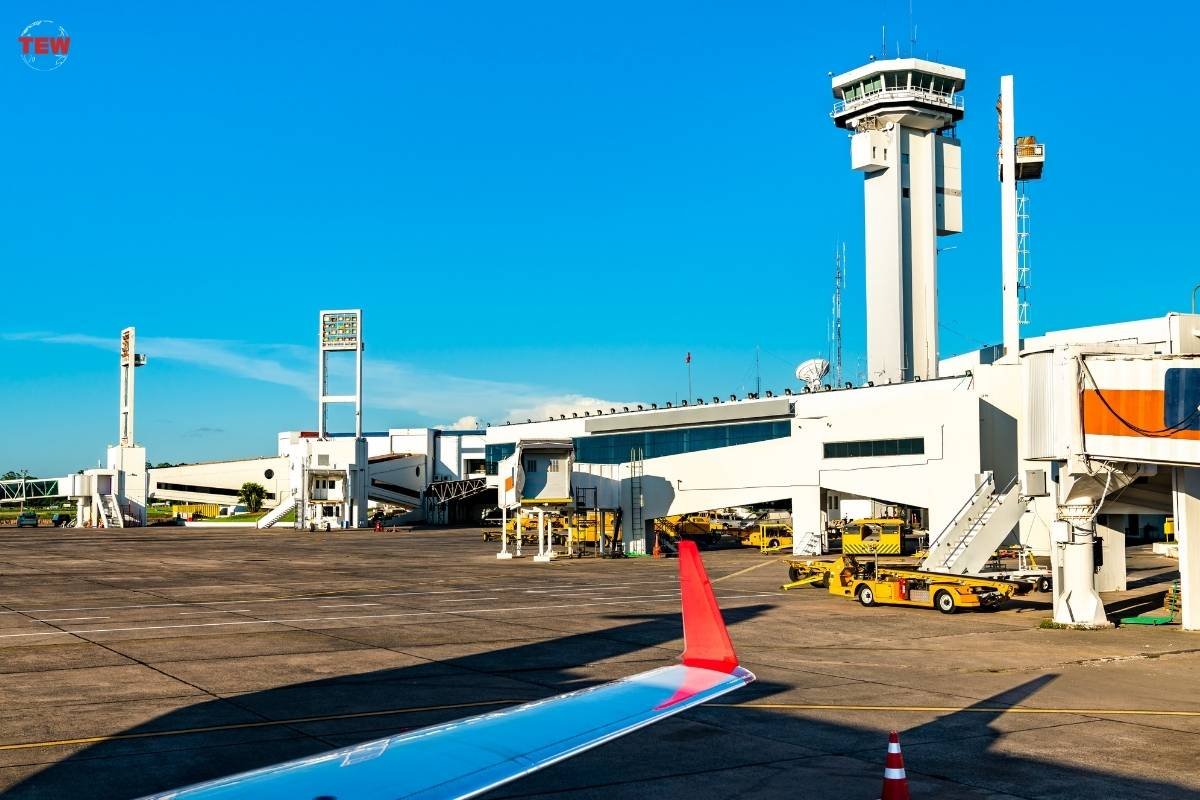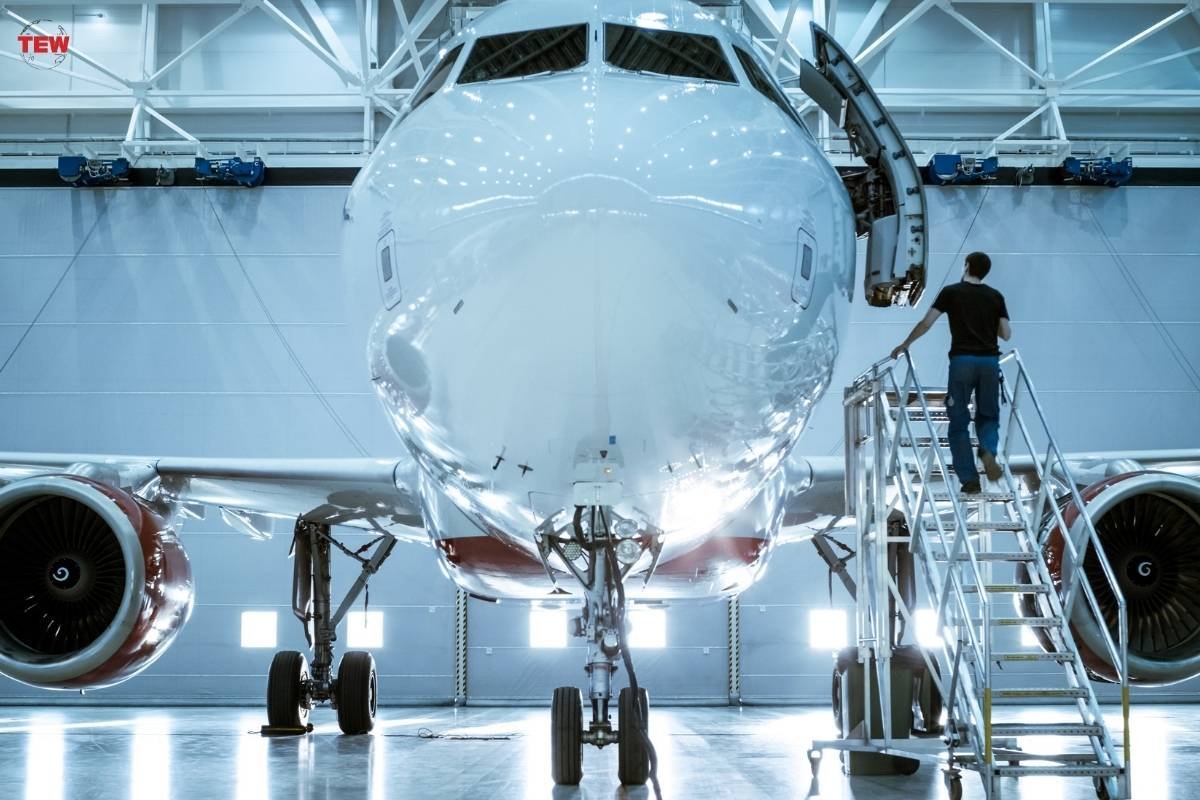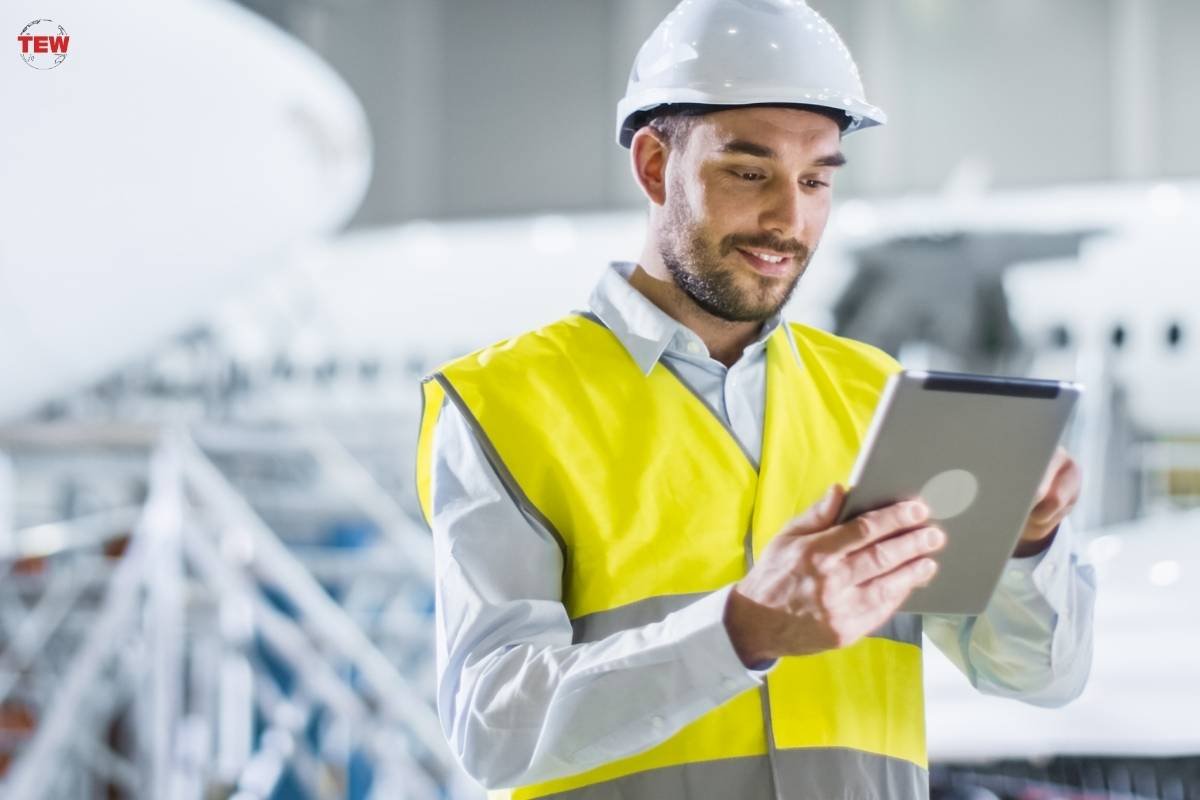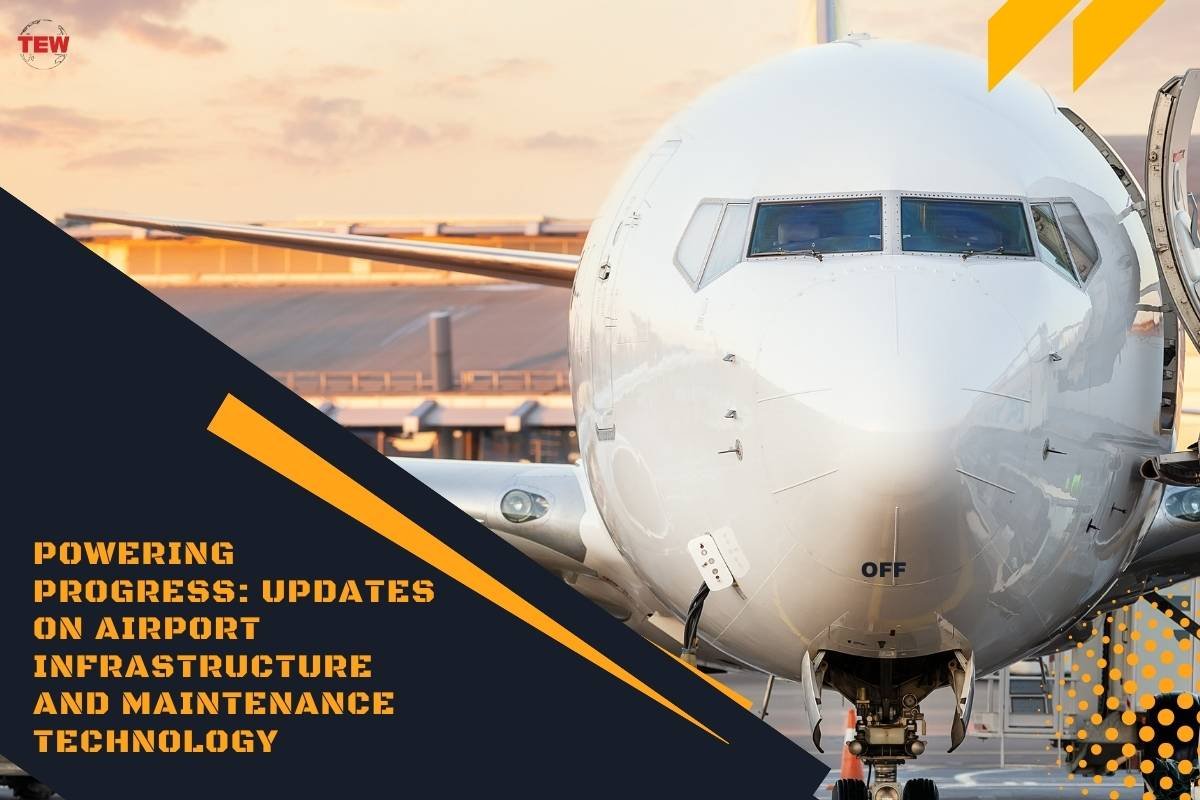The aviation industry is in a transformative phase, seeking to adapt to the rapidly changing conditions of an increasingly connected world. As the number of passengers rises and global connections become stronger, airports evolve into more than just transfer spots.
To accommodate this growth, airport infrastructure and maintenance strategies are undergoing a fascinating transformation. Let us take a deeper dive into the subject and discover the exciting advancements that mold the future of aviation.
Evolving Airport Infrastructure
It is irrefutable that technology plays a pivotal role in propelling progress in airport infrastructure. Automation is gaining prominence as self-service kiosks and advanced baggage handling systems effectively facilitate the transportation of your belongings, while automated boarding gates alleviate the necessity for prolonged queues.
These developments improve the effectiveness of passenger flow, relieve congestion, and enable staff to allocate their time to more complex tasks. Imagine a scenario where individuals smoothly proceed through the check-in process, effortlessly navigate the airport with the help of electronic screens, and even enjoy a meal at a self-service restaurant – all made achievable by cutting-edge technology!
Modernization Projects And Expansions

Numerous airports are currently engaged in ambitious endeavors to modernize their facilities. These enhancements frequently include the expansion of terminals to accommodate greater numbers of passengers, the implementation of highly intelligent technology such as self-service baggage drop systems and facial recognition for security screenings, as well as the establishment of specialized areas to facilitate emerging trends like cargo drones and urban air mobility vehicles.
Sustainability Initiatives In Airport Design
Airports are also placing significant emphasis on environmental stewardship, as they adopt sustainable measures. Lighting systems that consume minimal energy are utilized to provide illumination, while construction projects incorporate recycled materials.
Solar energy is progressively being utilized to fulfill energy requirements, while creative waste management techniques are reducing the environmental impact of airports. Imagine an airport illuminated by natural sunlight through skylights and strategically positioned windows, where verdant green areas are integrated into the layout to establish a serene and eco-friendly ambiance.
Integration Of Smart Technologies For Efficiency And Safety
Smart technologies are completely transforming the way airports function. By employing real-time data analysis, airport operations can be optimized, which includes improving runway scheduling and efficiently routing baggage. This not only leads to smoother operations but also reduces delays. Anticipatory maintenance systems detect possible equipment malfunctions in advance, reducing interruptions and improving safety.
The integration of smart technologies plays a pivotal role in enhancing efficiency and safety across airport operations, encompassing not only traditional infrastructure but also critical support systems. These intelligent solutions leverage data analytics, automation, and connectivity to optimize airport processes and deliver superior passenger experiences.
One key area where smart technologies are making significant strides is in airside operations. Ground power units, which provide essential electrical power to parked aircraft, are evolving into sophisticated smart devices. Advanced GPUs are now equipped with IoT sensors and connectivity features that enable remote monitoring and predictive maintenance. By collecting real-time data on power usage, operational status, and performance metrics, airports can proactively manage GPUs to ensure reliable and efficient power supply to aircraft.

Beyond GPUs, smart technologies are revolutionizing airport security and passenger processing. Automated security screening systems equipped with AI algorithms enhance threat detection while expediting passenger flow. Biometric authentication and digital identity solutions streamline check-in and boarding processes, improving efficiency and security.
In terminal operations, IoT-enabled facilities management systems optimize resource allocation, lighting, and HVAC (heating, ventilation, and air conditioning) based on occupancy and environmental conditions. Real-time data analytics empower airport managers to make informed decisions, optimize workflows, and respond swiftly to changing operational needs.
The adoption of smart technologies extends to air traffic management, where AI-powered algorithms optimize flight routes, reduce congestion, and enhance airspace utilization. Collaborative decision-making platforms enable seamless coordination between airlines, air traffic controllers, and ground handlers, ensuring efficient aircraft movements and minimizing delays.
Challenges And Solutions
Undoubtedly, advancement does not come without its fair share of difficulties. Presented below are several significant hurdles and the strategies being employed by the industry to overcome them:
- Aging Infrastructure Issues: Challenges related to deteriorating infrastructure are commonly faced by numerous airports, necessitating substantial investments for rehabilitation or replacement. To tackle these issues, strategic planning, phased renovations, and collaborations between the public and private sectors can be employed as effective solutions.
- Balancing Safety Regulations With Operational Efficiency: Striking a balance between safety regulations and operational efficiency can present challenges when incorporating new technologies. The crucial factor lies in conducting comprehensive testing, establishing collaboration with regulatory authorities, and ensuring seamless integration of new systems with existing safety protocols.
- Cybersecurity Risks In Advanced Maintenance Systems: As airports increasingly depend on technology, the risks associated with cybersecurity also rise. It is crucial to prioritize the implementation of strong cybersecurity measures, invest in training for employees, and stay proactive in addressing emerging cyber threats.
Future Trends And Outlook

The potential for airport infrastructure in the coming years is filled with captivating prospects. Anticipate witnessing increased incorporation of artificial intelligence, where chatbots will aid passengers and robots will manage intricate duties such as baggage organization and aircraft maintenance.
The prevalence of biometric technology will probably increase, leading to more widespread implementation in security checks and boarding procedures. Imagine a future where AI-driven robots effortlessly maneuver the airport infrastructure, aiding passengers and enhancing operations, while you effortlessly confirm your identity through a quick facial scan.
The emphasis on sustainability is set to increase significantly. Anticipate airports making substantial investments in renewable energy sources such as wind and solar power, exploring inventive methods for water conservation, and employing sustainable materials for construction purposes. Airport infrastructure waste management systems are set to be enhanced, with a focus on reducing their environmental impact. Imagine an airport illuminated by natural sunlight, powered by renewable energy sources, and featuring innovative recycling initiatives that decrease waste and support a more sustainable future.
In summary,
In essence, the primary objective of these advancements is to elevate the overall satisfaction of passengers. Envision a future where airports transcend being mere transit hubs and instead seamlessly integrate with the travel experience.
Travelers will effortlessly interact with user-friendly digital interfaces, experience customized services driven by artificial intelligence, and unwind in eco-friendly, cozy environments. This aspiration is attainable, and through collaborative efforts, we can transform it into reality. So, buckle up and get ready for the exciting journey ahead!




